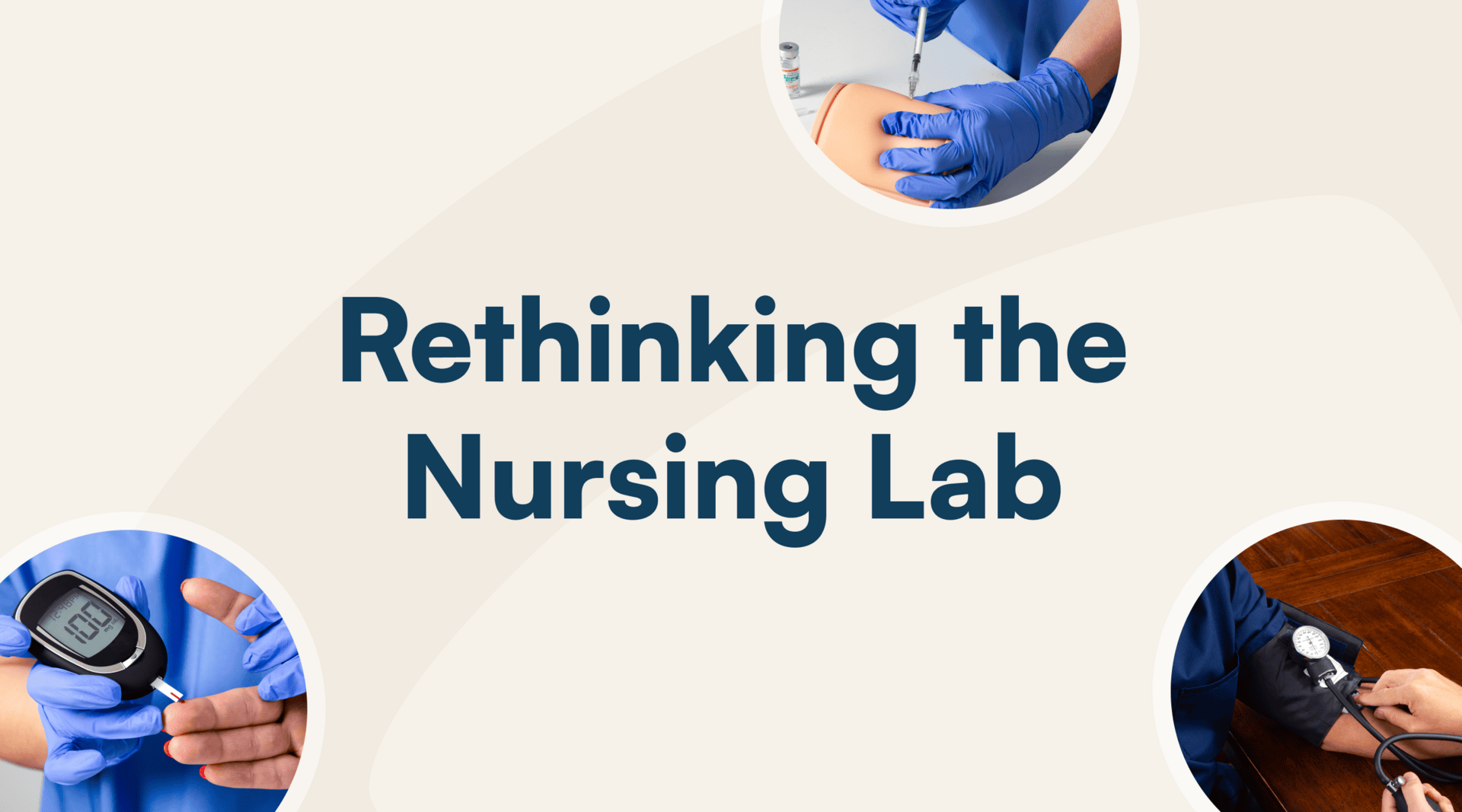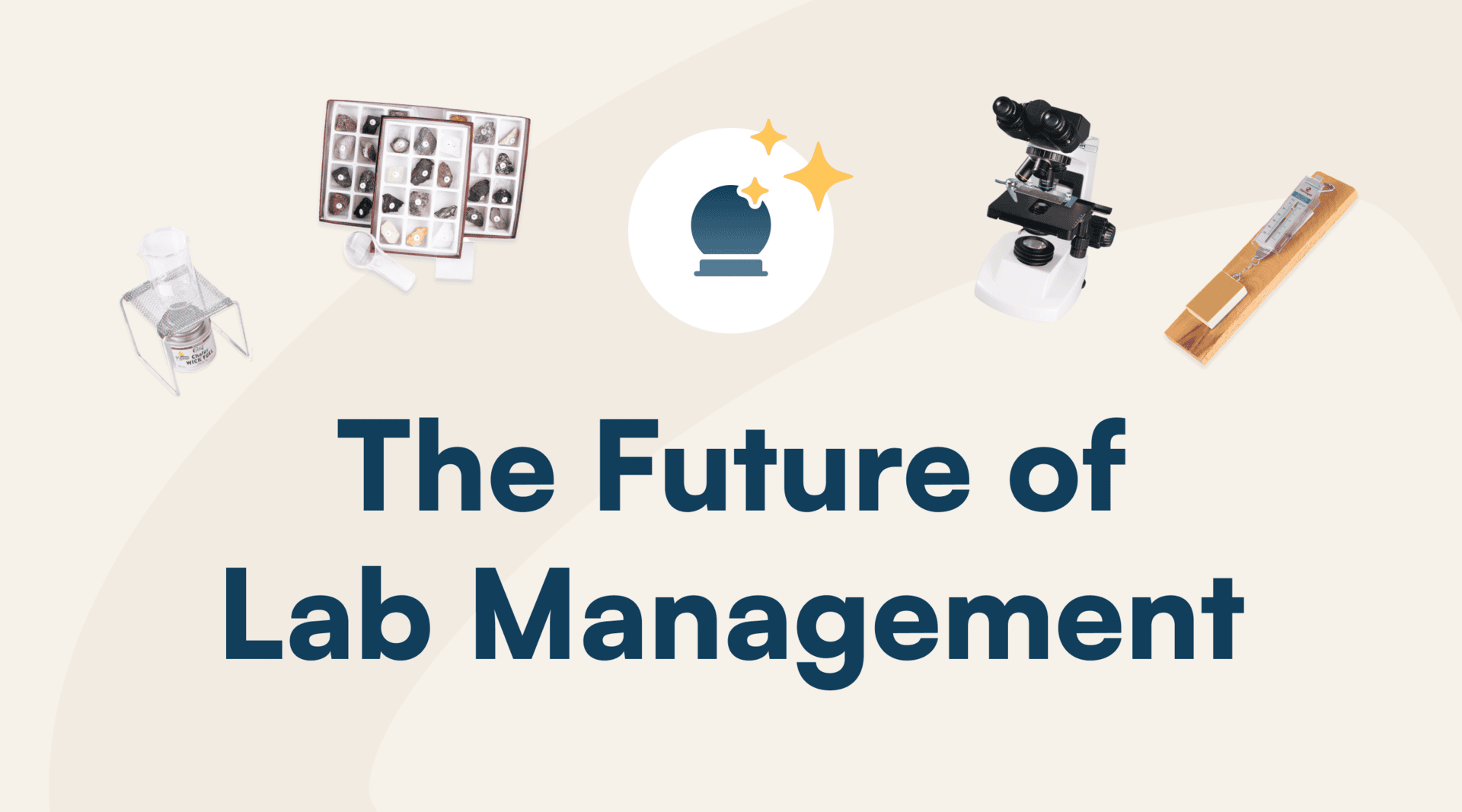Teaching an on-campus lab course this term? Maybe a hybrid section or two? Next term, it could be entirely online. Maybe a mix of all of the above? Anyway you slice it, delivering labs for different course modalities within the same term or switching formats across terms puts a lot on your plate. From curriculum and learning outcomes to lab setup, figuring out materials, and maintaining inventory, how can you be sure the experience is engaging and consistent from section to section and across formats?
If you’re lucky, you might have a dedicated lab manager who does a lot of the heavy lifting. Maybe you may have an army of reliable teaching assistants who can provide support. Unfortunately, many instructors manage this on their own, spending hours trying to track down inventory, checking to ensure chemicals aren’t expired, and placing last-minute orders to fill any gaps.
When all said and done, it’s a costly, time-consuming exercise that creates budget issues and inconsistency in materials. Burnout is sure to set in, and it starts to sting even more when you realize the time and energy you spent on piecemealing activities, identifying different resources, and eyeing inventory could have been spent on helping students improve their performance.
With an all-in-one approach to your lab prep (and delivery), you’ll not only save time so you can focus more of your time and energy on your students, but you also ensure an engaging and equitable student learning experience across formats.
Deliver Effective Labs in Less Time
Whether you’re teaching face-to-face, hybrid, or fully online, you need an integrated and consistent approach to lab prep that streamlines how you manage your course. With built-in efficiencies, you’ll be able to not only reduce your manual workload, but also immerse students in an impactful learning experience—all without cutting corners on quality and rigor, or blowing budgets on materials.
If that sounds impossible to you, keep reading because we have a fully integrated, step-by-step approach you can use across formats that delivers the best of both worlds: an enriching student learning experience AND a more effective strategy for lab prep that leaves you with time to focus on what matters most: teaching.
Reduce Prep Time and Create Equivalency with Hands-on Kits
You know better than anyone, to learn science, you have to do science.
Without dedicated lab support—such as a full-time lab manager or teaching assistant—you’re left to balance the complexities of this prep work alongside your teaching load. That’s a challenge in itself. From rising costs, unreliable suppliers, and outdated inventory systems, your lab prep now feels like an all-consuming burden. Meanwhile, the growing need to provide a comparable hands-on experience for students in your online science labs adds yet another layer of complexity, making lab preparation an often frustrating task.
Ready-Made Lab Kits Minimize Logistics & Ensure Consistency
Using ready-made kits that give you the ability to customize them to align with your labs is a gamechanger. Take it from a program coordinator and instructor at Aiken Technical College, Lisa Jones, who uses kits for her on-campus pharmacy technician courses.
“Having everything together in one place removes the burden of sourcing materials and makes it easy for students to go get their kit at the bookstore—they don’t have to purchase it separately because it’s rolled into a course fee—and then come to campus to do the lab portion together in groups. I spend less time tracking down items and more time focused on teaching and learning.”
Similarly, with limited lab space and growing student interest, forensic science instructors at University of Nebraska use pre-packaged, hands-on kits for their on-campus lab courses, saving hours each day. Included as part of the course lab fee, the kits are picked up from the bookstore, ensuring every student has all the materials and equipment needed on day one. Without the need to prep materials for labs, instructors prioritize their time, building a life-like crime scene that strategically aligns with lecture and lab learning. As a result of using an all-in-one provider, the program was able to minimize prep time, increase efficiencies, and expand to 5 more sections.
Dr. Charles Murrieta, Professor of Forensics at UNL says the kits are exactly what they needed to streamline prep. “We have limited lab space, resources, and instructors. The kits include all the lab-grade materials we need. They’re safe for shipping, for student handling, and don’t contribute hazardous waste to the environment. The labs also don’t compromise on quality. They’re identical to what I’d do if I had to do it from scratch.”
It just doesn’t have to be a logistical nightmare. Use a partner who prepares and ships ready-made kits directly to students, complete with the highest quality, lab-grade materials that will last students all semester. The kits come with high-quality curriculum and a platform that walks students through every step of a lab procedure using videos and images. The kits align with curriculum and ensure students get real-world experiences and the opportunity to apply what they’ve learned in lecture. Plus, hands-on kits:
- Give students additional ownership over their learning
- Ensure consistency of materials among all students, sections, and course modalities
- Maintain the balance between cost and quality of the experience
- Minimize set up and clean up, freeing up lab time so you and your students can focus on conducting and analyzing labs
Maximize Teaching Time with Pre-lab Virtual Simulations
Now with materials sourcing, inventory management, lab setup, and clean up off your plate, let’s really double down on optimizing lab time.
Consider using virtual simulations as a part of your pre-lab activities, or even to prepare asynchronous online students ahead of the lab portion. As a pre-lab activity, virtual simulations provide a low-stakes environment, unlike a hands-on lab, where students can do practice runs on the experiment before they conduct their experiments, whether at home or on-campus.
As one student respondent to our 2024 Annual Lab Report shared, “I highly recommend that my course add virtual simulations because it would prepare me and other students for the on-campus lab and make us more familiar with lab safety in reality, as well as how to use equipment and instruments.”
Unfortunately, not many pre-lab learning activities use virtual simulations. When we surveyed 295 instructors teaching online and on-campus labs, more than two-thirds said they use pre-labs, but they only include written assignments from a lab manual. Still, the vast majority of instructors said their biggest challenge when it came to both their online and on-campus lab courses was that students lacked preparation and pre-requisite knowledge.
This leaves you with an opportunity to improve the quality and effectiveness of your lab experience by incorporating a mix of reading, written procedures, videos, and virtual simulations. In fact, 83% of students said that a virtual pre-lab that included a review of lab procedures, summary of safety protocols as well as a simulation of a trial experiment would help them feel more prepared.
In addition to multiple benefits, virtual pre-labs engage students with course material ahead of time, giving them a chance to put theory into practice before setting up at their lab bench on-campus or their kitchen table at home:
- Train students in conducting experiments and course-correcting problems they may encounter
- Save students valuable lab time by introducing techniques, equipment/materials and safety protocols
- Reinforce theoretical concepts
In addition to building their confidence, students will explore unfamiliar concepts at their own pace and be able to repeat the simulation as many times as needed. Students will feel more prepared and confident in their abilities to successfully complete their lab work, having seen safety measures and lab techniques in action—extremely valuable for non-majors or for those students taking a lab for the first time.
“Because of the limited time in the lab room, some of our procedures are so simplified that students don’t get to observe both positive and negative controls, or make a labeling mistake that invalidates their data, and we don’t have time to repeat a trial/sample. For me, the limited time in the lab room is the biggest hurdle both in terms of teaching appropriate technique as well as collecting enough data for a well-supported conclusion in the lab report,” shared one chemistry instructor.
Using virtual pre-labs with trial experiments gives you an opportunity to better support distance learning students and spend your valuable face-to-face time with students going deeper into practical application and engaging in more meaningful interactions—both of which work to drive greater outcomes and student success.
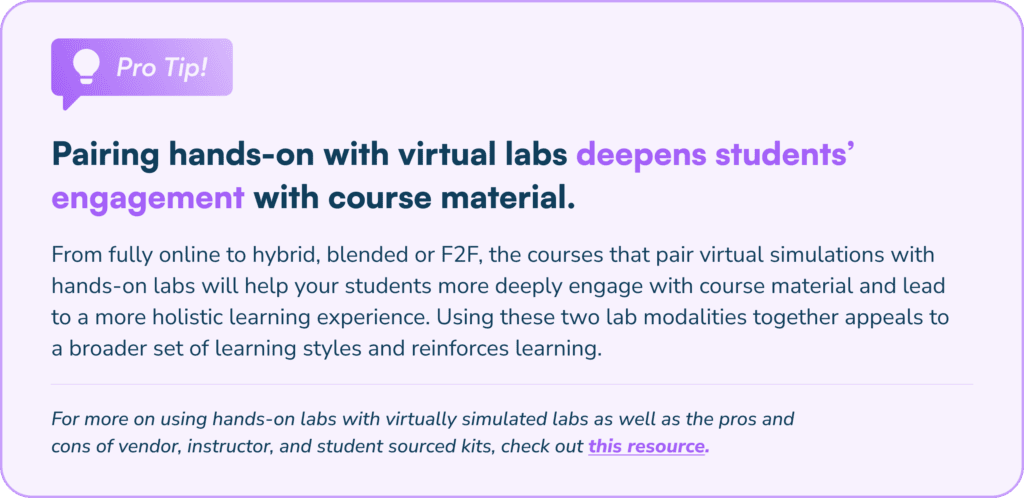
Use High-Quality, Pre-designed Curriculum
If you have an extra 30-ish hours on hand, you could build all your own assessments, lessons, and order and prep the materials for your lab…and then figure out how to adapt it for the hybrid or online courses you’re teaching next semester!
But if you use purposefully-built curriculum aligned to your course outcomes, instead of starting from scratch, you’ll start with a strong foundation that allows you to customize and tailor the curriculum exactly how you want it, regardless of the modality. The curriculum comes with the hands-on kits, which guide students through every step. Plus, when developed by PhD scientists and reviewed and tested by instructional designers and active professors, you can be confident the quality meets your expectations.
Just be sure the curriculum you’re using takes these key considerations into account.
Student Engagement Inside & Outside the Classroom
Curriculum for today’s students needs to be adaptable and designed to engage students while in the classroom and outside of it. Curricula that are peer reviewed and Quality Matters-certified prioritizes student learning outcomes, engagement, and accessibility in online, hybrid, and blended learning environments, making it adaptable for multiple modalities.
Equivalency Across Modalities
At the program level, all students, regardless of modality, deserve the same rigorous experience that provides essential hands-on lab learning. Curriculum built for online and F2F settings ensures that learning outcomes and competencies are met, better preparing students to pursue advanced studies in those areas if desired. By using the same curriculum across all modalities, it also saves you time from having to adapt learning outcomes, activities, and assessments. Instead, you can take on any course format with ease.
Flexibility to Align Lab and Lecture Content
Use flexible curriculum that allows you to easily align both virtual and hands-on labs to your lecture material. This allows students to directly connect concepts and theory to real-world applications. It also gives you the ability to customize the curriculum to add additional resources for students and make tweaks easily over time or for a specific class or modality without the significant time investment.
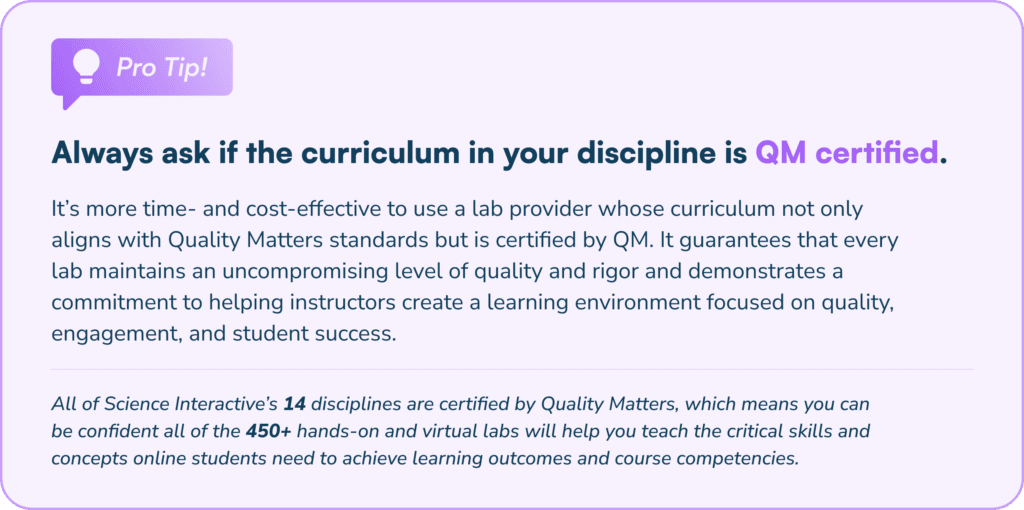
Keep Technology Seamless & Accessible
Finally, teaching and learning whether on-campus or online requires the right technology. But the right tech doesn’t just support learning—it elevates it, ensuring students can access and engage with course materials quickly and easily. The last thing you want to do is make it difficult or confusing for students.
Why the Right Technology Matters
With the right mix of tools, you can create a lab course that’s not just functional but transformational—enabling the same meaningful learning experiences for students across all modalities. When using different tools, keep these three considerations in mind:
- Engagement: Discussion, multimedia, and lab management tools make learning dynamic, capturing students’ interest and maintaining their focus.
- Efficiency: Streamlined technology minimizes administrative tasks, giving instructors more time to teach and support students.
- Equity: Reliable, accessible technology ensures every student can succeed, regardless of their location or circumstances.
Lab Management Platforms
A lab management platform allows students to conduct their virtual simulations and get guidance on hands-on experiments, documenting their process and submitting their lab reports. A lab management platform also allows instructors to grade and provide feedback to students easily.
Key Features to Look For:
- Seamless LMS integration so students can access content easily and grades automatically sync
- Full accessibility and compatibility with desktop and mobile devices
- Automatic grading with multiple-choice assessments
- Assessment analytics to help you identify students who may be falling behind so you can get back on track
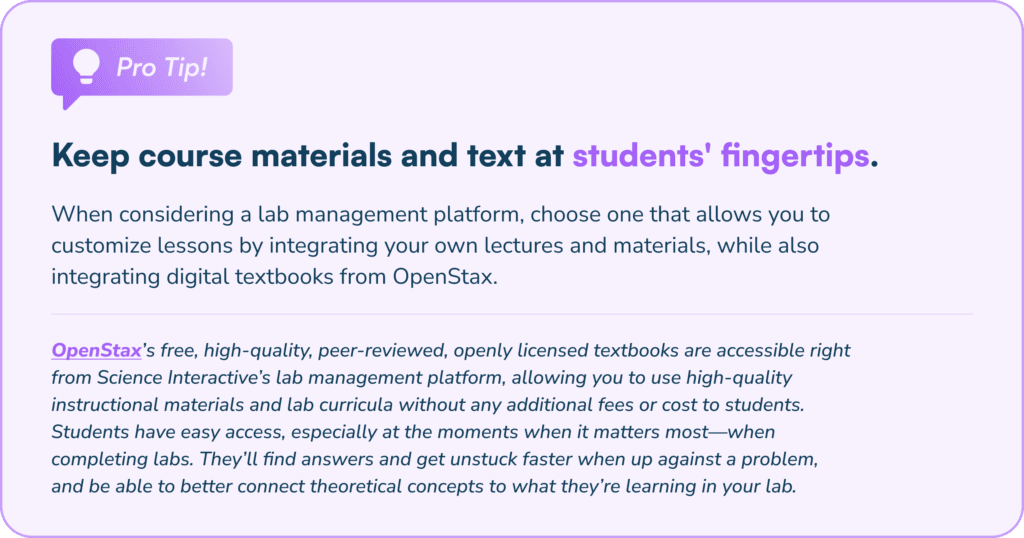
Remember, keep accessibility top of mind when using technology in your course. Ensuring every student can participate only enriches the course. Accessibility tools like screen readers, captioning services, and adaptable interfaces ensure compliance with ADA standards and foster inclusion. So be sure that any of the technology you use is accessible.
Key Features to Look For:
- Compatibility with assistive devices
- Keyboard navigability and text-to-speech options
- Customizable settings for diverse needs
Part of a thoughtfully designed lab course is how you incorporate and use technology. Think through the activities you want students to do before, during, and after lab time, and be sure your tools support those activities and make your work easier.
An Authentic, High-Quality Lab Experience for All Students
Courses that use immersive, high-quality lab curriculum and include hands-on learning as well as virtual pre-labs will drive greater student success.
What’s more, the tools and resources you use to build an efficient yet still rich F2F lab experience can be the same ones you use to foster enriching, interactive science labs online.
No extra work. More time back in your day. Improved outcomes. Simplify how you deliver and prepare for lab courses, and you just might find yourself with a renewed sense of inspiration for what matters most to you: instilling the awe of science in your students.
Discover more articles
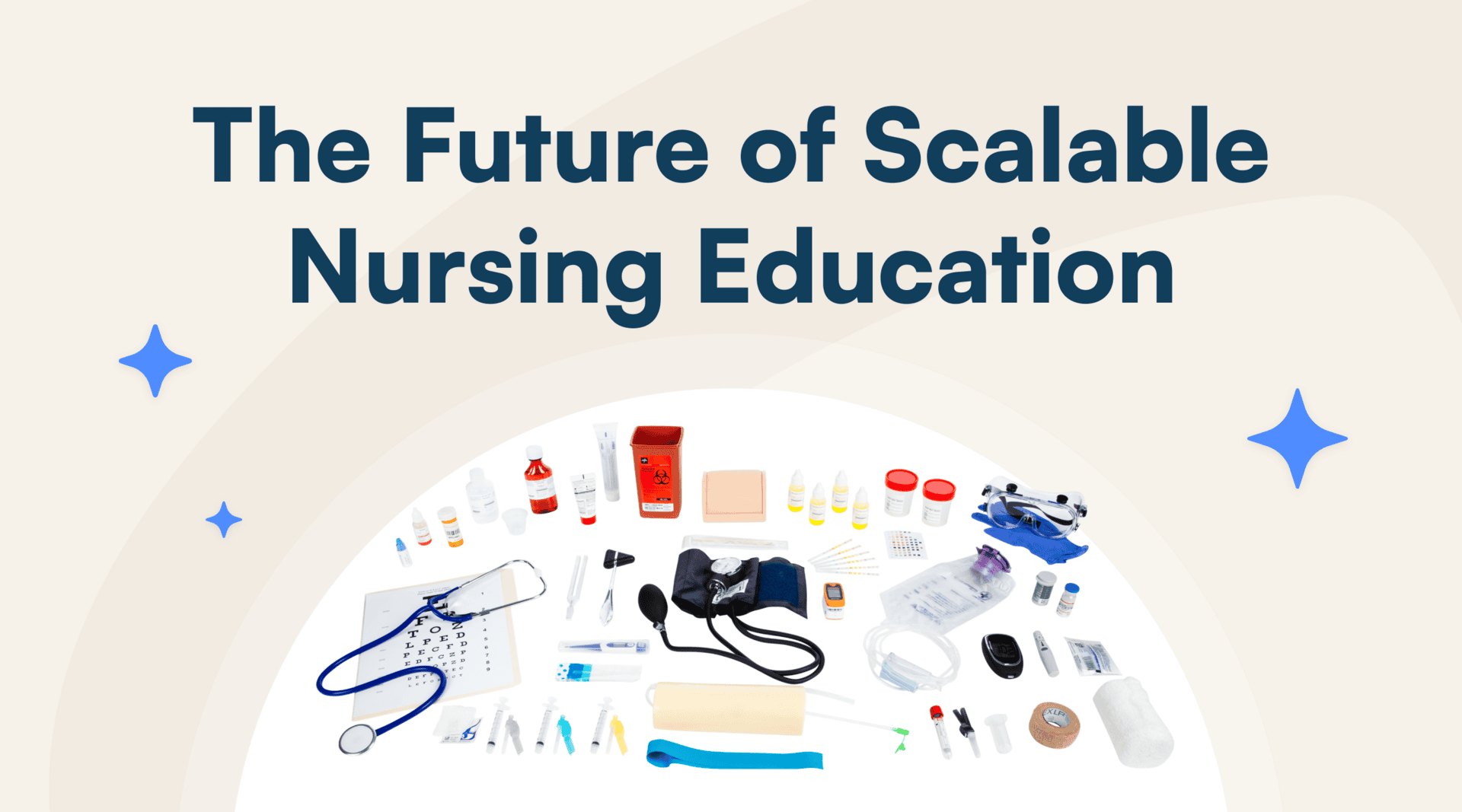
Science Interactive Launches New Nursing Fundamentals
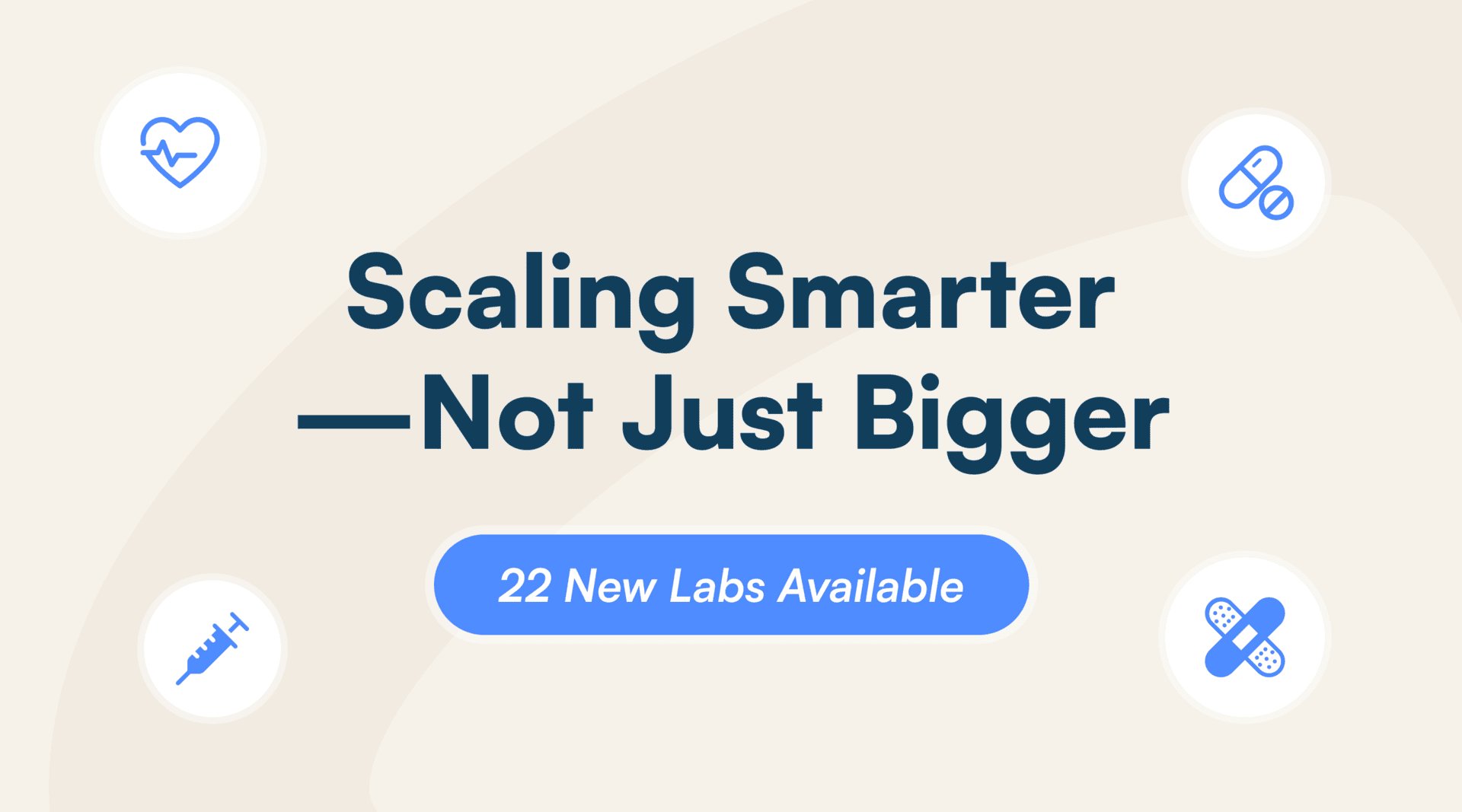
What Clinical-Ready Actually Looks Like (And How to Get There Sooner)
